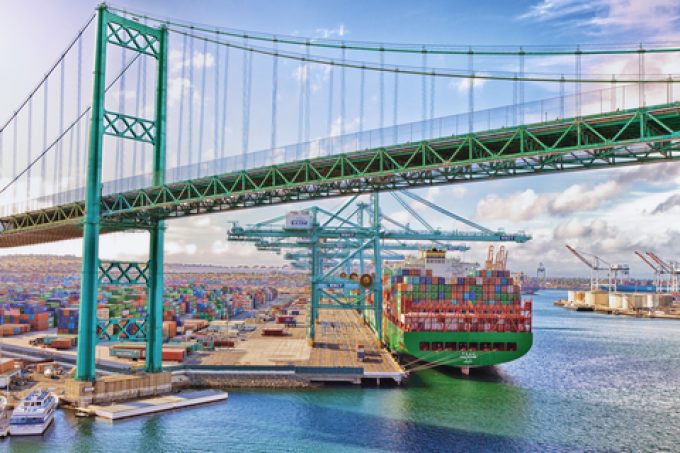
Mario Cordero, CEO of the port of Long Beach, wants increased collaboration with neighbouring Los Angeles to compete for traffic.
Having lost ground to competitors on the east and Gulf coasts, US west coast ports are enjoying a rebound in traffic and ...


Comment on this article